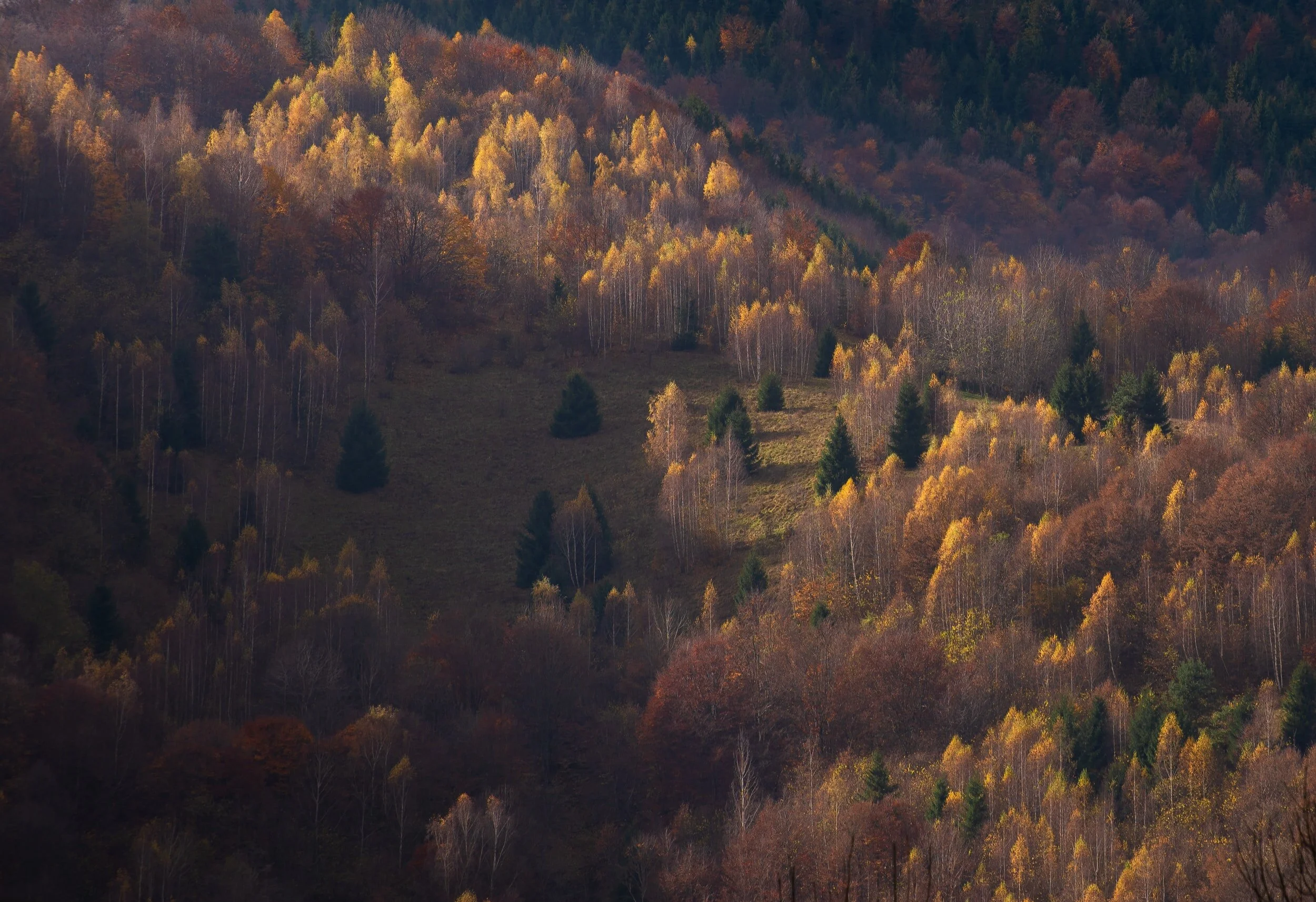Why we let you choose
With a myriad of give-back programs out there for virtually every type of cause under the sun, our “laissez faire” approach to how our members give is no doubt out of the ordinary.
At no point does your business send us any of the money, product, or services that you are donating to conservation.
And, we never tell you where you have to give, though we have ways of helping you find causes to support if you need the help.
Our reasons for letting you choose what conservation causes to support with your time and dollars are simple.
Really, it boils down to 3 reasons:
Flexibility
Culture
The Future
Let’s take a look at each.
1. Flexibility
The ability to pivot giving to meet your needs and that of wildlife.
Every good business manager knows that flexibility is key for a successful business. The same is true for your charitable giving.
Being flexible with when, what, where and how you give can make all the difference in both your capacity and returned benefit in giving.
If there was ever a year that proved the need for people to be able to be flexible in their personal and business giving, it was 2020!
The pandemic saw shutdowns or online pivots for the majority of conservation fundraisers - literally thousands of them. Hundreds of conservation causes pivoted their missions, changed focus, or dissolved completely. Helping our membership stay informed so that they could continue supporting wildlife work was a rewarding challenge. Many needed to pivot giving to meet changing conservation group needs or to adapt to the volatile economy the year brought. Some of our business members ended up closing up shop because of the pandemic. Others grew by 3x-5x in size by the end of the year.
Everyone needed to be able to pivot their giving in some way, and they, (as well as the wildlife) benefitted from that flexibility.
2. Culture
A personal connection moves the cultural needle in the right direction.
Which has the higher cultural impact: A song’s composer, or the ones who perform it by following the sheet music?
The composer.
It was their idea, their passion, that birthed something incredible into the world for others to enjoy and participate in.
The same is true with charitable giving.
Businesses that ardently support causes that their employees are passionate about leave a much bigger positive cultural footprint than those that simply send checks to cover sponsorships with the employees never individually invested.
Several of our business members have giving programs built around employee involvement. Employees get to help choose what kind of causes are supported and what kind of projects are undertaken by the team. In those businesses, the positive company culture is SO DAMN STRONG. The customers are also catalyzed by this excitement to join the employees of the brands in supporting the causes. The cultural impact, when that happens, is so large and diverse that it’s really hard to measure at scale.
In contrast, businesses that just send a check or product every year, with no employee involvement (maybe beyond signing) in deciding causes to support or how they’ll be supported… well, they often have a hard time keeping employees. Their customers see their communications around conservation as being “just marketing” and “inauthentic.”
Your ability to choose what causes to support has a direct positive impact on both conservation and your local culture.
3. The Future
For the sake of wildlife, the human capacity to adapt must be stronger than ever.
Wildlife conservation is old. Very old.
According to the book “The Evolution of National Wildlife Law” (Bean & Rowland, 1997) the Roman Empire was one of, if not the, first civilization to write up wildlife conservation laws. “…via the concept ferae naturae. This maintained that wildlife, like the oceans or air, were natural elements owned by no one until harvested.” We now know of possible laws earlier, but we’ll let you and the google check those papers out.
Despite being so old, conservation as it is presently practiced (especially in North America) is young. Very young.
The term “North American Model of Conservation” wasn’t coined until 2001, by the recently deceased Dr. Valerius Geist.
How and why we conserve land, water, and wildlife has been in many ways super successful. In some cases, too successful (looking at you, snow geese destroying the arctic!).
In the last century, we finally found practices that work, even at scale. But…
Our world, both physical and cultural, is changing with a permanence and speed that has never happened in recorded history.
Our oceans are rising and their natural cycles changing from the hotter years, deluge of fresh water coming from the melting poles, and floating trash piles the size of countries we have dumped in them over the last century. You have to live a long way from the coast and have your head deeply in the sand to ignore and deny those facts.
Our lands are drying - hot and fast. Around the globe, the hotter summers and milder winters are causing fresh water resources (already taxed to the max by human development) to literally dry up. Native plants wildlife depend on are replaced by monoculture. Habitat is bulldozed for condos and Costcos while natural springs and wetlands are drained for golf courses and theme parks.
Our Western North America forests seem to either be full of people or fire.
Around the globe, much of the developing world is following the destructive “manifest destiny” approach to land management.
We have unprecedented cases of wildlife disease springing up in every corner of the earth.
It’s a dumpster fire situation, for sure.
Thankfully, we also have the most incredible research, data collection, and financial means in the history of humanity to be able to tackle these challenges.
Human life expectancy gives us a population problem, but thanks to life-long wealth generation, it also means that our seniors can give back to the world that supplied them such comfortable retirements like never before. A few hundred years ago, every culture on earth had rituals for “disposing” of their senior members because they weren’t able to “do anything” for the village. Now, YOU CAN. You have the agency to not only help generations that come after you, but also choose how.
Those of education and working age in the developed world have enough downtime, thanks to advances in healthcare and technology, to watch between 3-8hrs of entertainment every day. Imagine if you put 1% of that time towards helping the world your favorite shows take place on?
But, that choice is yours.



